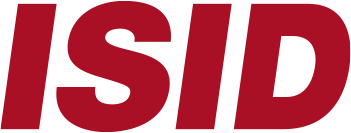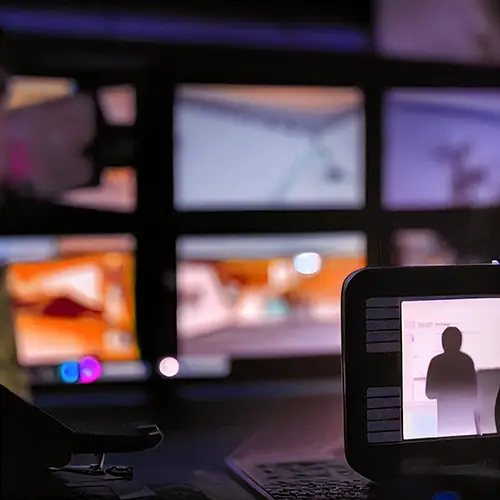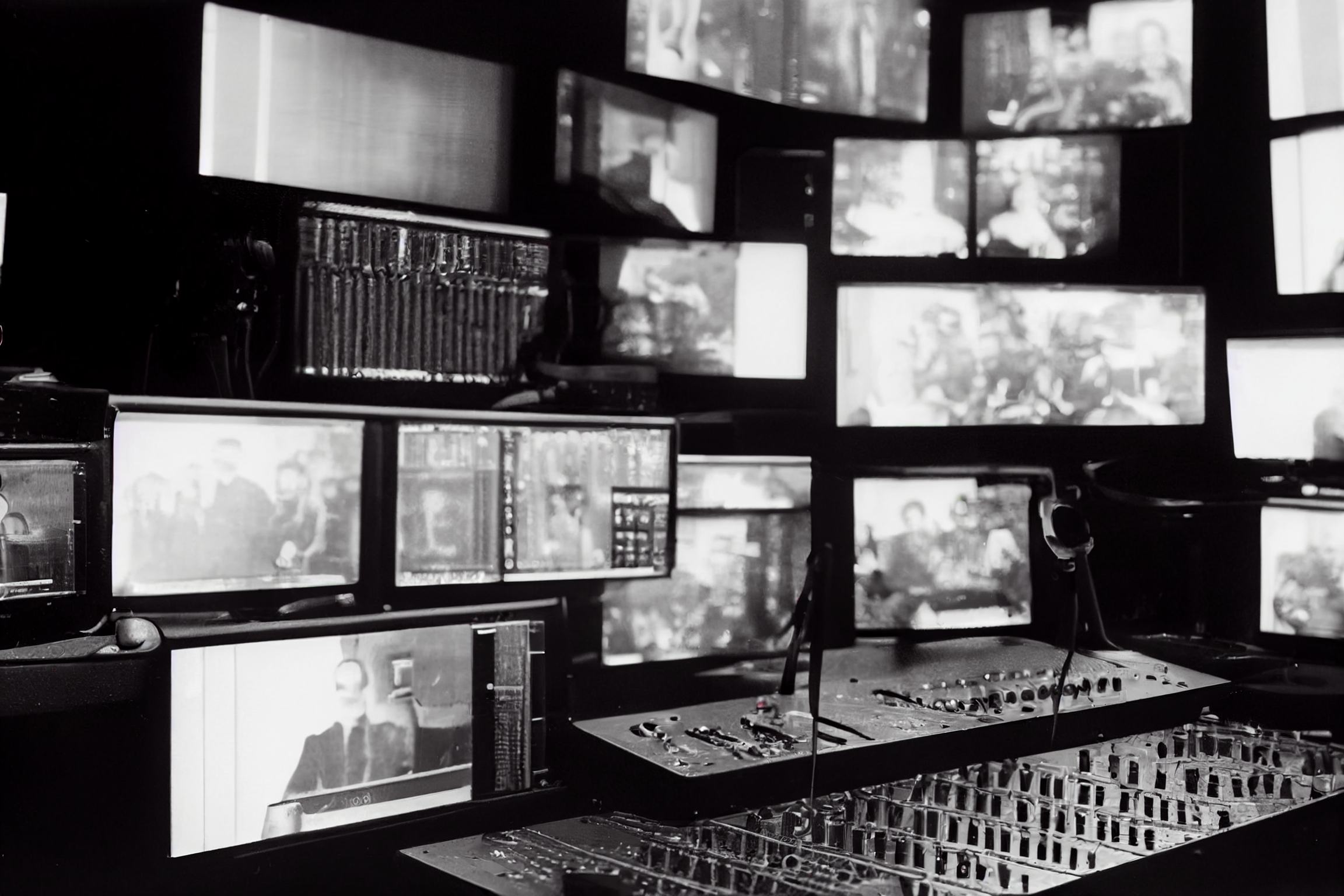Unleashing the Power of Media Monitoring Software
In the fast-paced and interconnected world of media, staying informed and in control of your narrative is paramount. This comprehensive guide aims to unravel the intricacies of media monitoring software, shedding light on its transformative capabilities and illustrating how it can empower goverments and businesses to navigate the dynamic landscape of media with precision and insight.
Understanding the Essence of Media Monitoring Software:
Media monitoring software serves as a sophisticated tool designed to track, analyze, and interpret various media sources in real-time. Both radio and TV, this software provides a centralized hub for collecting, processing, and deriving meaningful insights from diverse media channels.


Key Features of Media Monitoring Software:
- Real-Time Tracking: Media monitoring software excels in real-time tracking, ensuring that users receive immediate updates on mentions, trends, and discussions related to their brand, product, or industry.
- Diverse Source Integration: A robust media monitoring tool aggregates information from a variety of sources, offering a holistic view of online and offline media landscapes. This includes traditional news outlets, social media platforms, blogs, and more.
- Sentiment Analysis: Sophisticated sentiment analysis capabilities allow users to gauge public sentiment surrounding their brand or topics of interest. This insight is invaluable for reputation management and strategic decision-making.
- Competitor Benchmarking: Media monitoring software enables users to keep a finger on the pulse of their industry by tracking competitors. Analyzing competitor strategies and market trends helps in refining one’s own approach.
- Customized Alerts: Tailored alerts and notifications ensure that users are promptly informed about significant developments, allowing for immediate responses to emerging situations.
The Impact of Media Monitoring on Reputation:
- Proactive Crisis Management: Media monitoring software provides the tools necessary for proactive crisis management. By monitoring political figures in real time, goverments can respond swiftly, mitigating the impact.
- Strategic Decision-Making: Armed with comprehensive insights, businesses can make informed, data-driven decisions. Media monitoring guides strategic planning by providing a deep understanding of market trends, consumer preferences, and industry developments.
- Positive Brand Reinforcement: Harnessing the positive sentiment identified through media monitoring allows businesses to reinforce their brand narrative. By amplifying positive mentions and engaging with satisfied customers, companies can strengthen their brand image.
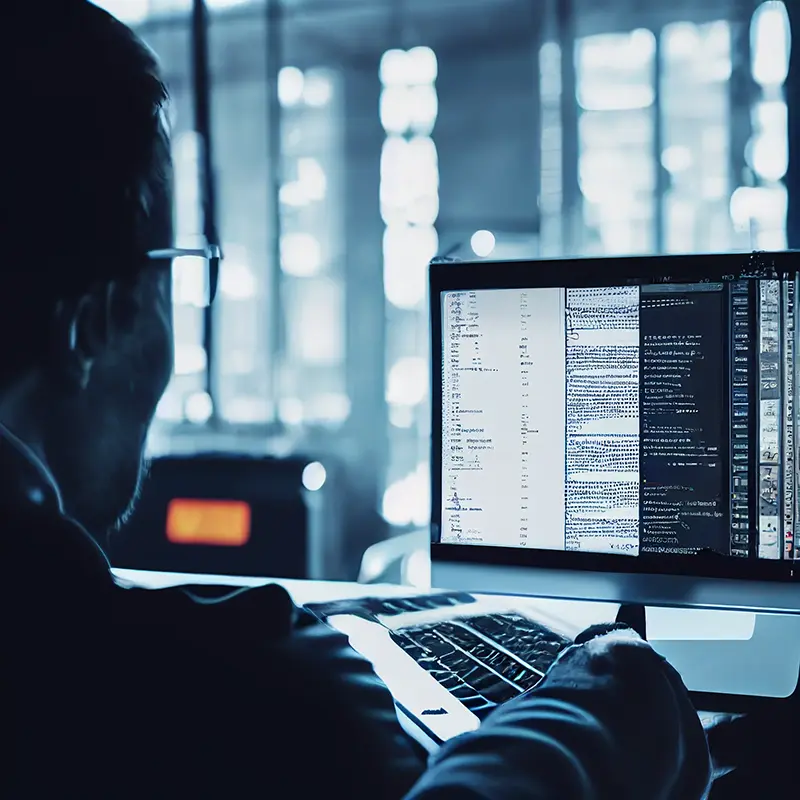
How to Choose the Right Media Monitoring Software:

- Scalability and Flexibility: Opt for a media monitoring tool that can scale with your business and adapt to evolving needs. Flexibility in data sources and customization options ensures relevance over time.
- User-Friendly Interface: A user-friendly interface is crucial for effective utilization. Look for software that offers intuitive navigation and clear visualizations to make the most of the insights provided.
- Analytics and Reporting: Robust analytics and reporting features are essential. The ability to generate detailed reports and analyze trends empowers users to derive actionable insights from the vast array of data.
- Integration Capabilities: Consider the integration capabilities of the software with other tools and platforms. Seamless integration enhances workflow efficiency and ensures that media monitoring is a cohesive part of broader strategies.
Conclusion: Maximizing Potential through Media Monitoring Software:
In conclusion, media monitoring has a pivotal role in shaping narratives, managing reputations, and making informed decisions in today’s media-driven landscape. By unleashing the power of media monitoring software as VIDEOMA MONITOR, individuals and businesses can not only stay ahead of the curve but also proactively shape their presence in the dynamic world of media. Embrace the insights, navigate the trends, and empower your brand with the transformative capabilities of media monitoring software.
Real-Time Insights for Political Personalities: The Power of Media Monitoring Software
In the ever-evolving landscape of politics, staying ahead of the curve is not just advantageous – it’s essential. This article delves into the transformative power of media monitoring software for political personalities, emphasizing how real-time insights can shape strategies, enhance communication, and ultimately influence public perception.
Understanding the Dynamic Nature of Political Monitoring:
Politics is a realm where situations can change in the blink of an eye. Whether it’s breaking news, emerging controversies, or shifting public sentiment, political figures need to be proactive in their approach to navigate the complexities of the landscape.
The Crucial Role of Real-Time Monitoring:
- News Articles Tracking: Media monitoring software allows political personalities to track news articles in real-time, providing a comprehensive overview of how their actions and policies are being covered by the media.
- Social Media Surveillance: In an era where social media is a powerful influencer, monitoring platforms in real-time is imperative. Media monitoring software aggregates social media data, offering insights into trending topics, public sentiment, and reactions to political events.
- Tracking Competitor Strategies: Real-time insights extend beyond individual political figures. Media monitoring software enables the tracking of competitor strategies, helping political personalities understand how their peers are responding to similar situations.

Harnessing Facial Recognition in Media Monitoring for Political Personalities:
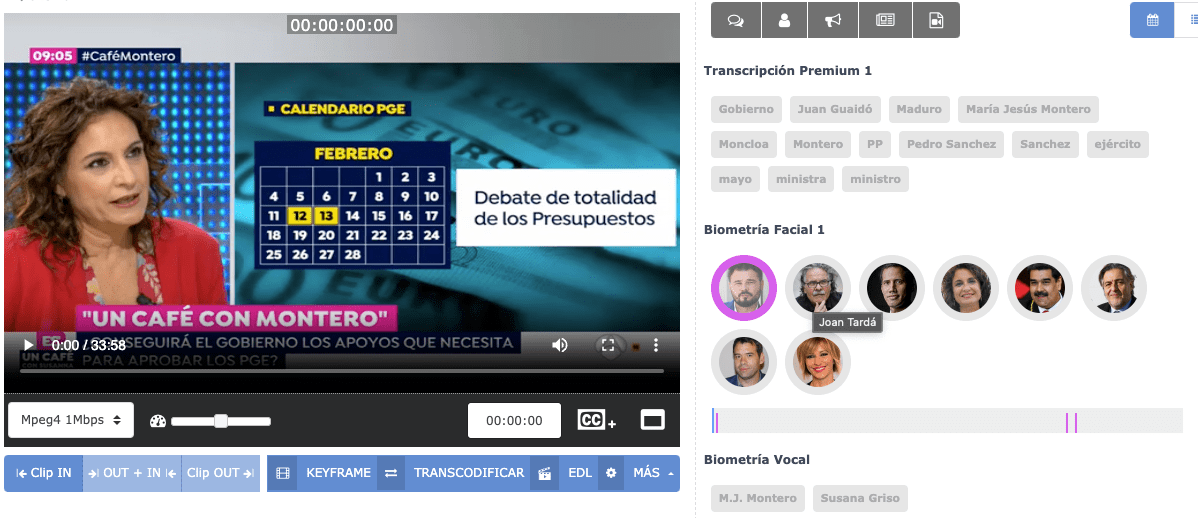
In the realm of media monitoring software tailored for political personalities, facial recognition technology stands as a formidable tool for garnering real-time insights. Through sophisticated algorithms, facial recognition enables the identification and analysis of individuals appearing in media content, ranging from televised appearances to online videos and social media posts. This technology allows political figures and their teams to track their visibility, and assess the effectiveness of their communication strategies with unparalleled accuracy. By harnessing the power of facial recognition within media monitoring software, political personalities gain invaluable insights into their media presence, enabling them to make informed decisions and adapt their messaging strategies in real-time.
Strategic Decision-Making with Real-Time Data:
- Immediate Crisis Response: Political crises demand swift and informed responses. Real-time insights from media monitoring software empower political figures to address crises promptly, minimizing the potential impact on their public image.
- Adapting Communication Strategies: As situations unfold, real-time data allows for the adaptation of communication strategies. Political personalities can tailor their messages based on current narratives and public sentiment.
- Optimizing Campaigns: For those engaged in political campaigns, real-time monitoring is invaluable. Adjusting campaign strategies based on immediate feedback ensures a more responsive and effective outreach.

Conclusion: Empowering Political Figures with Media Monitoring:
In conclusion, the power of real-time insights offered by media monitoring software such as VIDEOMA MONITOR cannot be overstated in the world of politics. For political figures aiming to navigate the complexities of the landscape and maintain a positive public image, the ability to monitor, analyze, and respond in real-time is a strategic imperative. As technology continues to advance, the integration of real-time media monitoring tools will play an increasingly pivotal role in shaping the success and influence of political personalities on the public stage.
Crisis Management in Politics: A Deep Dive into Media Monitoring for Political Personalities
In the world of politics, where public perception can change in an instant, effective crisis management is paramount for political personalities. This article explores the critical role of media monitoring software in the realm of politics, providing a comprehensive understanding of how these tools enable swift responses and strategic decision-making during challenging times.
Understanding the Complexity of Political Crises:
Political figures often find themselves navigating through a myriad of challenges, ranging from unexpected controversies to rapidly evolving situations that have the potential to profoundly impact their public image and credibility. In the face of such tumultuous circumstances, the implementation of a well-executed crisis management strategy becomes paramount. Such strategies serve as a crucial lifeline, allowing political personalities to effectively address issues, provide transparency, and ultimately safeguard public trust amidst periods of uncertainty and scrutiny.

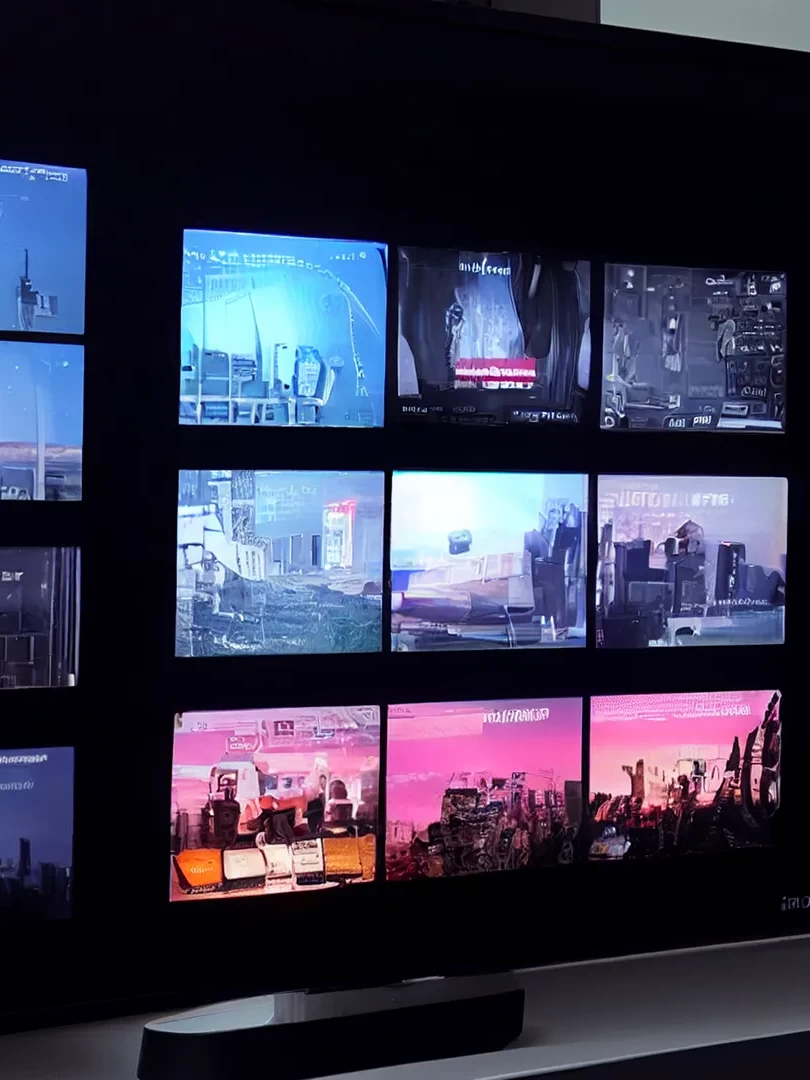
The Swift and Informed Response with Media Monitoring Software:
- Real-Time Monitoring: Media monitoring software provides real-time tracking of news articles, social media, and online discussions. This allows political personalities and their teams to stay informed about breaking news and emerging narratives that could affect their reputation.
- Sentiment Analysis: Through sentiment analysis, media monitoring tools can gauge the public’s mood and perception during a crisis. Understanding sentiment helps political figures tailor their responses to address concerns and manage the narrative effectively.
- Identification of Key Issues: Media monitoring software identifies key issues and talking points within the crisis. This insight enables political personalities to prioritize their messaging and focus on addressing the most critical aspects of the situation. An AI tecnology as wordspotting, is helpful.
- Competitor Analysis: In the midst of a crisis, knowing how competitors or opposing figures are responding is crucial. Media monitoring tools allow for comprehensive competitor analysis, ensuring that responses are aligned with the broader political landscape
Proactive Crisis Management Strategies:
- Early Warning System: Media monitoring serves as an early warning system, enabling political personalities to detect potential crises before they escalate. Timely intervention can prevent the amplification of negative narratives.
- Strategic Messaging: Armed with real-time data and sentiment analysis, political figures can craft strategic messages that resonate with the public. This proactive approach helps shape the narrative and steer the conversation in a more favorable direction.
Looking Ahead: The Future of Crisis Management in Politics:
Discuss the evolving landscape of crisis management in politics and how advancements in media monitoring technology, such as artificial intelligence with facial recognition and wordspotting, are shaping more sophisticated and proactive strategies.

Conclusion: Empowering Political Figures in Times of Crisis with Media Monitoring Software
In conclusion, media monitoring software serves as an invaluable tool for political personalities facing crises. The ability to monitor, analyze, and respond in real-time allows political figures to navigate challenging situations with agility and precision, ultimately safeguarding their public image and maintaining trust in the political arena. As the political landscape continues to evolve, the integration of advanced media monitoring tools becomes increasingly indispensable for effective crisis management, tools such as VIDEOMA MONITOR are pivotal.
ISID attends IntegraTEC in Colombia
IntegraTEC, the trade show for integrators in Latin America, was held this year in Bogotá, Colombia, and brought together hundreds of manufacturers and professionals of multiple technological systems. ISID attended to learn about the latest developments from the world of audio and video.
IntegraTEC 2023
Madrid, November 6th 2023. ISID, a technology company focused on AI solutions and platforms for advanced video and audio storage and analysis has attended this year’s IntegraTEC in Colombia, which was held on October 26 and 27. IntegraTEC is the Latin American conference and Trade Show for the integration of technological systems. It brings together professionals and technologies for the integration of multiple converging sectors with a special focus on Latin America. At ISID we wanted to take advantage of the opportunity to attend to exchange knowledge with other professionals in the audio and video sector, as well as artificial intelligence applied to these areas.
The Latin American market is of great relevance for ISID and therefore the opportunities to network, meet local manufacturers and integrators first-hand, and share knowledge with other professionals and experts are very valuable for us. We already have some projects in Latin America, for example in Colombia, Ecuador and Peru and our goal is to better understand the South American market, to adapt our technology to local markets and thus offer maximum value.
On the other hand, IntegraTEC was the perfect setting to show our latest innovations in AV analysis and archiving technology, as well as our products, such as Videoma Archive. Our audio and video processing, analysis, management and storage platform integrates advanced AI modules and is currently used in multiple sectors, such as Security, Government and Public Administration, Communication Agencies, Education, Media Banks, Health and Legal.
We will also attend the next edition of IntegraTEC, which will be held on August 14 and 15, 2024 in Mexico.

About ISID

ISID is a spanish and global company that develops solutions and platforms for the processing, analysis, management and storage of audio and video, whether file-based, streaming or live (TV). Our solutions integrate advanced AI analysis modules (like biometrics, S2T, translation, object recognition, audio fingerprinting & ID, etc.) and are used in multiple sectors, such as Security, Government and Public Administration, Law Enforcement, Intelligence, Communication Agencies, Education, Media Banks, Healthcare and Legal. They are platform agnostic and can be integrated with most technology vendors and existing A/V installations.
ISID presents its Webcontainer for Videoma
Videoma, the AI audio and video archiving and analysis platform, has been completed with a new webcontainer, an HTML element that integrates into any website in minutes, and is capable of displaying the multimedia elements stored in Videoma, filtering them, exporting them, etc Everything in a browser, without additional applications.
Madrid, May 22, 2023. ISID, a technology company focused on AI solutions and platforms for advanced video and audio storage and analysis, has expanded the functionality of its well-known Videoma platform, dedicated to video and audio AI archiving and analysis. . Due to the need of many clients to want to show parts of their multimedia file on the corporate or institutional website, ISID has developed a webcontainer that allows connecting with Videoma and that, with three lines of code on any web page (made with any technology) Allows you to view archived content on Videoma.
Ad hoc images, documents & videos
The webcontainer allows easy viewing of the contents stored in Videoma, such as videos, images or documents, and adapts to the look and feel of the site almost automatically. The system consists of two parts: on the one hand, the display element on the page itself, and on the other, a simple configuration in Videoma, to select what content should be displayed in the webcontainer.
In this way, the platform administrators will be able to choose what to show in each case, the inclusion of several webcontainers in different parts of a website is also allowed, each one with its own particular content and adapted to the needs of the page on which it appears.
Users will also be able to filter the content they are viewing, based on options that administrators have determined. With this, this Videoma dynamic web part becomes a simple visualization tool to share the content that results from the analyzes and rules that have been defined in Videoma.

Simple access to complex information
In this way, the webcontainer becomes an interface that is easy to implement and use by anyone, without end users having to come into direct contact with the platform or know how it works. It is a quick way to access the results of the AI analysis that Videoma performs in the background and its applications are numerous.
From displaying parts of museum collections for hobbyists or researchers, to summaries of current news or easy access to historical video libraries, the webcontainer and its configuration flexibility allow you to share valuable materials with the public, in an interface that is familiar to everyone. the world: the web.

The importance of media monitoring for informed decision making
In today’s competitive business landscape, staying ahead requires more than just keeping an eye on your competitors—it involves monitoring the media for a comprehensive understanding of industry developments and market trends. Leveraging the power of media monitoring software is crucial for companies striving to make informed decisions, protect their reputation, and seize valuable opportunities.
Importance of Media Monitoring for Informed Decision Making
Media monitoring has evolved into a fundamental practice, offering businesses a proactive approach to gathering crucial information. By staying abreast of media coverage, companies can extract valuable insights that directly impact their decision-making processes.
Spotting Opportunities and Anticipating Challenges
An exemplary use case for media monitoring is the ability to identify potential challenges and opportunities. For instance, a company can track competitors’ activities, such as the launch of new products, and adjust its strategies accordingly to maintain competitiveness and mitigate financial risks.
Protecting Your Company’s Reputation with Broadcast Monitoring Software
One of the pivotal benefits of media monitoring, especially broadcast media monitoring, is reputation management. Negative comments in online and traditional media can pose a threat to a company’s image. With the aid of media monitoring tools, businesses can swiftly detect and address negative sentiments before they escalate. Timely responses to dissatisfied customers, whether on social media or other platforms, can defuse issues and prevent them from becoming detrimental to the company’s reputation.
Identifying New Markets and Enhancing Market Research
Media monitoring transcends problem detection; it serves as a powerful tool for identifying opportunities and conducting thorough market research. For companies seeking to expand into new markets, media monitoring can pinpoint promising areas and highlight potential challenges, enabling a strategic and informed market entry.
Strategic Decision-Making and Consumer Insights
In the realm of launching new products, media monitoring acts as a valuable resource for gathering consumer insights and understanding market trends. By monitoring media channels, companies can align their product offerings with consumer needs, ensuring a more successful product launch.
Conclusion: Harnessing the Power of Media Monitoring
In conclusion, embracing media monitoring is indispensable for companies committed to informed decision-making and safeguarding their reputation. Whether uncovering insights about competitors, identifying market trends, or addressing issues proactively, media monitoring software is the key to staying ahead in the dynamic business environment. If you’re not already monitoring the media, now is the time to invest in the best media monitoring software and propel your business to new heights.
How to choose the best radio and television monitoring software?
Nowadays, keeping track of political news and monitoring compliance with broadcasting regulations is a crucial task in any media. For this reason, having a TV and radio monitoring system has become an essential tool for professionals in the sector. In this article, we will explain how to choose the best TV and radio monitoring software for every need.
First of all, it is important to keep in mind that there are different types of TV and radio monitoring systems on the market. For example, some systems focus only on political news monitoring, while others offer broader functions, such as advertising and audience tracking. Therefore, before choosing a monitoring system, it is necessary to identify the specific needs of the media outlet.
Once the needs have been identified, it is time to choose the right TV and radio tracking system. Below are some of the key features to consider when selecting a monitoring system:
1.Broadcaster coverage: it is essential that the TV and radio monitoring system has a wide coverage of broadcasters. In other words, it must be able to monitor all stations relevant to the media in question. In addition, it must be able to record all broadcasts, both live and delayed.
2. Accuracy: The TV and radio monitoring system must be accurate in identifying and recording broadcasts. It must be able to recognize the difference between programs, advertising and other content, and must record them accurately and in detail.
3. Accessibility: the TV and radio monitoring system must be easy to use and access. Ideally, it should be available online and allow real-time access to broadcasts and tracking data.
4. Data analysis: the TV and radio monitoring system should offer data analysis tools that allow the user to get the most out of the information collected. For example, it should be possible to generate customized reports, graphs and statistics to assist in decision making.
5. Integration: the TV and radio monitoring system must be compatible with other systems used in the media. It must be able to integrate with content management tools, audience analysis systems and other tracking systems.

Once these factors have been evaluated, it is possible to compare different TV and radio tracking systems on the market.
When specific tracking needs have been established, the next step is to research the available options. There are many companies offering TV and radio monitoring systems, and it is important to do detailed research before making a decision.
How to Choose the Best TV and Radio Monitoring Software
One of the first things you should consider is the platform’s ability to capture, store and analyze large amounts of broadcast data. Make sure the system you choose has enough storage capacity to handle the amount of data you expect to collect. You will also want to consider the system’s ability to analyze the data and generate useful reports.
Another important factor to consider is the system’s ease of use. A good tracking system should be easy to set up and use, even for those without technical expertise. Make sure the platform you choose has an intuitive user interface and good technical support in case you need help.
In addition, it is important to consider the cost of the system. TV and radio tracking systems can be expensive, but they can also save you time and effort in the long run. Make sure that the system you choose fits your budget and that the cost is justified by the benefits it provides.
Finally, make sure the company offering the system has a good reputation in the industry. Research their track record and read their customer reviews to make sure you are working with a company that is reliable and will provide you with good customer service.
In conclusion, choosing a TV and radio tracking system can seem overwhelming, but with the right research, you can find a platform that fits your specific needs. Be sure to consider your tracking needs, the system’s ability to capture and analyze data, ease of use, cost and the company’s reputation before making a decision. In doing so, you can be confident that you are making an informed decision and that you are using technology to enhance your ability to track political news and monitor compliance with broadcast regulations.
With Videoma Monitor you have the right tool to monitor media and quickly and effectively get the information you need.
Benefits of media monitoring for a press office
If you are part of a press office, it is essential that you are aware of all the times clients are mentioned. Media monitoring by hand is time-consuming, so it’s best to use specialised tools. In this article, we will explore the benefits of media monitoring for a press office and why it is so important for your work.
What is media monitoring?
Media monitoring is the process of tracking and analyzing content that is published in different media, be it TV or radio broadcasts (or other channels) in streaming, digital newspapers, online magazines, websites, social networks, etc. The objective is to obtain information about a specific topic or company and to evaluate the reputation and impact of that information on the public.
In today’s online world, customers are accustomed to receive information about their actions almost instantaneously. That is why media monitoring is essential to keep clients informed about relevant news and trends in the industry, your media appearances, statements, the impact of your advertising campaigns and, in general, what is the general public’s sentiment towards your brand, service or company. In addition, it is a key tool that allows you to monitor reputation and detect any problems or crises, before they may arise.
Benefits of media monitoring:
1.Obtain relevant and updated information:
Media monitoring allows you to keep abreast of events, news and information, practically as they happen. This helps you make informed decisions and gives your clients a clear perspective on the current landscape.
2.Identify opportunities for your clients:
Media monitoring also helps you identify opportunities for your customers. For example, if you spot a trend in the market, you can report on how they can leverage it to their advantage. Also, if a news story breaks, you can use it to generate more exposure. You can leverage the news to create a press release or a social media campaign to increase their media presence. Finally, competitor monitoring also generates valuable insights for your clients about the actions or directions their immediate competitors are taking.
3.Reputation monitoring:
Another important benefit of media monitoring is that it allows you to monitor reputation and sentiment. If there are any problems or crises on the horizon, you can spot them quickly and take action to minimize their impact.
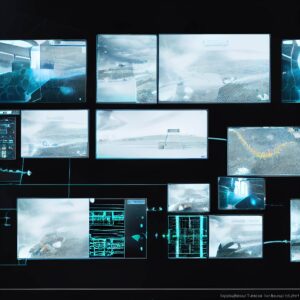
4. Evaluate the impact of your campaigns:
Having an efficient and flexible media monitoring tool is also useful for assessing the impact of your campaigns. You can monitor the success of your media campaigns and evaluate their impact on the target audience’s perception.
5.Identify trends and pattern:
The joint analysis of multiple data points over time (which a good monitoring system always stores) allows you to identify trends and patterns of opinion, consumption or others. With them you can design strategies or inform your customers to decide new courses of action or business. And you can also use this information to create communication strategies.
In short, media monitoring is an essential tool to facilitate the work of press offices. It helps you stay informed of all the essentials and, what’s more, because it’s AI algorithms, it allows you to monitor multiple channels at once in an unattended way and alerts you instantly, when there is something interesting to know or something has happened. The applications of media monitoring are limited only by your imagination and you can gain valuable information by monitoring the media, to apply to the benefit of your clients and your media agency.
What is media monitoring?
Media monitoring is a method of scanning public or private communication channels, such as television channels, radio, print publications, and the Internet, for mentions of specific keywords. The idea behind all this is to get an idea of the popularity of said keywords, in what contexts they are used and how often. Later we will see why. But first let’s take a brief look at the history of Media Monitoring to understand where it came from.
Media monitoring may seem like a recent discovery, now that we live in the information age, but it’s actually almost 200 years old. The first news clipping services appeared in the 18th century. Mainly used by companies at the time, their main objective was to read all the printed publications that fell into their hands, looking for specific keywords in which the client was interested.
With the advent of the Internet and other new technologies, monitoring of the media has become more complex and easier at the same time. The reason for the increase in difficulty is the explosion of television channels in the 90s and the exponential growth of content on the Internet. Now it was easier than ever to find information in a jiffy, but there was so much of it that it was completely unfathomable. Media Monitoring companies now needed their own spiders to roam the Web to find the information they needed, from the sites that each client was interested in, such as news sources, online newspapers, magazines, and the like.
How to monitor video?
Today, more than 70% of the data on the Internet is video. But the problem with video is that it falls into the category of unstructured data, just like audio (such as podcasts, for example). This means that the video cannot be easily analyzed to extract information from it. Because that’s another story. Hence, another of the tools that is having a great impact for the Media Monitoring business are the AI systems capable of analyzing the video, transcribing the audio, recognizing faces or objects that appear in the video and writing all this in a file of metadata text, which can be parsed by conventional means, like the rest of the text.
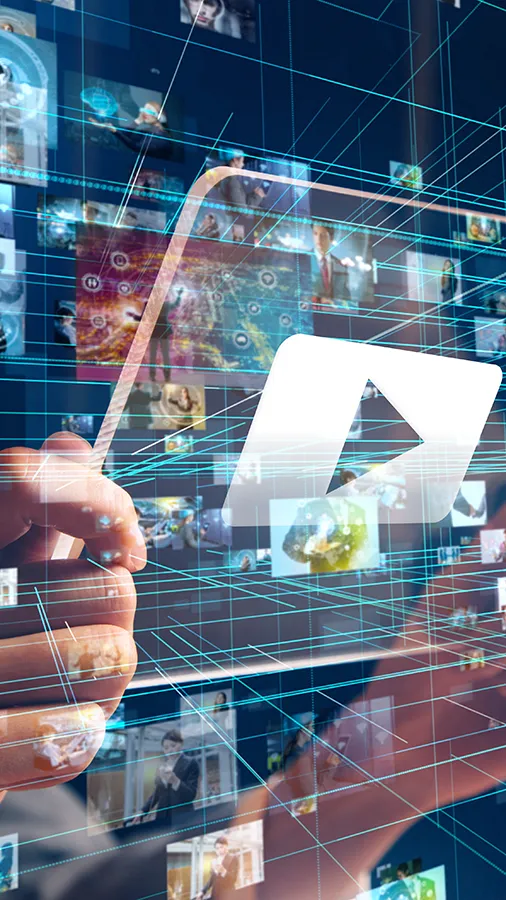

The purposes of media monitoring
What is the point of using media monitoring? For private companies, it can be useful to know how a certain product is being received, or how the latest scandal is spreading. But it can also be used to see how competitors are doing. For press agencies it is very useful to see how a certain campaign is working and how much coverage they are getting on certain issues. And television channels or production companies have their own needs.
IDENTIFY MENTIONS: Companies, organizations and even the public sector use media monitoring as a tool to identify mentions of their name, brand, product, service or executives or representatives. This is especially important in political campaigns or product launches.
CONTROL COMPETITORS: The private sector often tries to find out how competitors are doing, both in their successes and in their problems, in order to react accordingly or to compare their own results with those of those competitors.
MONITOR THE REPUTATION: A brand’s reputation is crucial for several reasons. It helps to understand how the communication department is doing, if its message is clear and accurate. It also helps to detect potential problems (for example, with unhappy customers), before they become a real one.
What information does media monitoring provide?
As with all complex data sets, the results are always only as good as the questions we are able to ask. This is one of the reasons data scientists are becoming increasingly popular in the field of media monitoring, because they can offer you insight you might not have thought of. However, most commercial programs offer you a series of tables and graphs to illustrate the results, in order to make them more understandable, regardless of the company profile that is consulting them (technical or business). These are some examples:
- Geographic information and distribution of mentions
- Frequency of mentions
- Time distribution of mentions
- Mention heatmaps
In conclusion, media monitoring is a process that allows you to track public or private communication channels, such as television channels, radio, print publications, and the Internet, and obtain information about the use of specific keywords to help companies, organizations, Videoma Monitor is an ideal solution.
5 Features of our Audio Technology
Artificial intelligence (AI) technologies for audio are becoming increasingly popular as a way to enhance the capabilities of various systems and devices. One of the biggest advantages of these technologies is that they can be deployed at any infrastructure, making them a versatile and cost-effective solution for businesses of all sizes. In this article, we will explore 5 features of our audio technology, that can be deployed at any infrastructure and how they can be used to improve various systems and devices.
Speech recognition is one of the most popular AI technologies for audio. This technology enables systems and devices to understand and respond to human speech. This technology is widely used in virtual assistants, such as Amazon Alexa and Google Assistant, and in various other applications, such as voice-controlled home appliances and voice-controlled cars. Speech recognition can also be used to automate customer service and support, by allowing customers to interact with a system using natural language.
Speaker ID is another popular AI technology for audio. This technology is used to identify the unique characteristics of a person’s voice, and can be used for authentication and security purposes. Voice recognition can be used to unlock smartphones and laptops, and to access secure areas and systems. This technology can also be used to improve customer service and support, by allowing customers to interact with a system using their voice.
Speech synthesis is a technology that allows systems and devices to generate speech in a natural and human-like manner. This technology can be used to enhance the capabilities of virtual assistants, and to create more realistic and engaging experiences for users. Speech synthesis can also be used to generate automated responses to customer service and support inquiries.
Noise Reduction
Noise reduction is a technology that can be used to improve the quality of audio by removing unwanted noise. This technology can be used to enhance the capabilities of various audio systems, such as microphones and speakers, and to improve the overall listening experience for users. Noise reduction can also be used to improve the accuracy of speech recognition and voice recognition technologies, by removing background noise that can interfere with the performance of these technologies.
S2T stands for Speech-to-Text, which is a type of AI audio technology that converts spoken words into written text. This technology uses machine learning algorithms to analyse the audio input and transcribe it into text, which can then be used for various purposes, such as speech recognition, text-to-speech, and natural language processing.
In conclusion, AI technologies can improve the capabilities of various systems and devices, such as virtual assistants, home appliances, and cars, and can be used to automate customer service and support. Additionally, these technologies can improve the overall listening experience for users and enhance the accuracy of speech and voice recognition technologies by removing unwanted noise. The ability to deploy these AI technologies at any infrastructure makes them an attractive option for companies of all sizes looking to enhance their capabilities and improve the customer experience.
